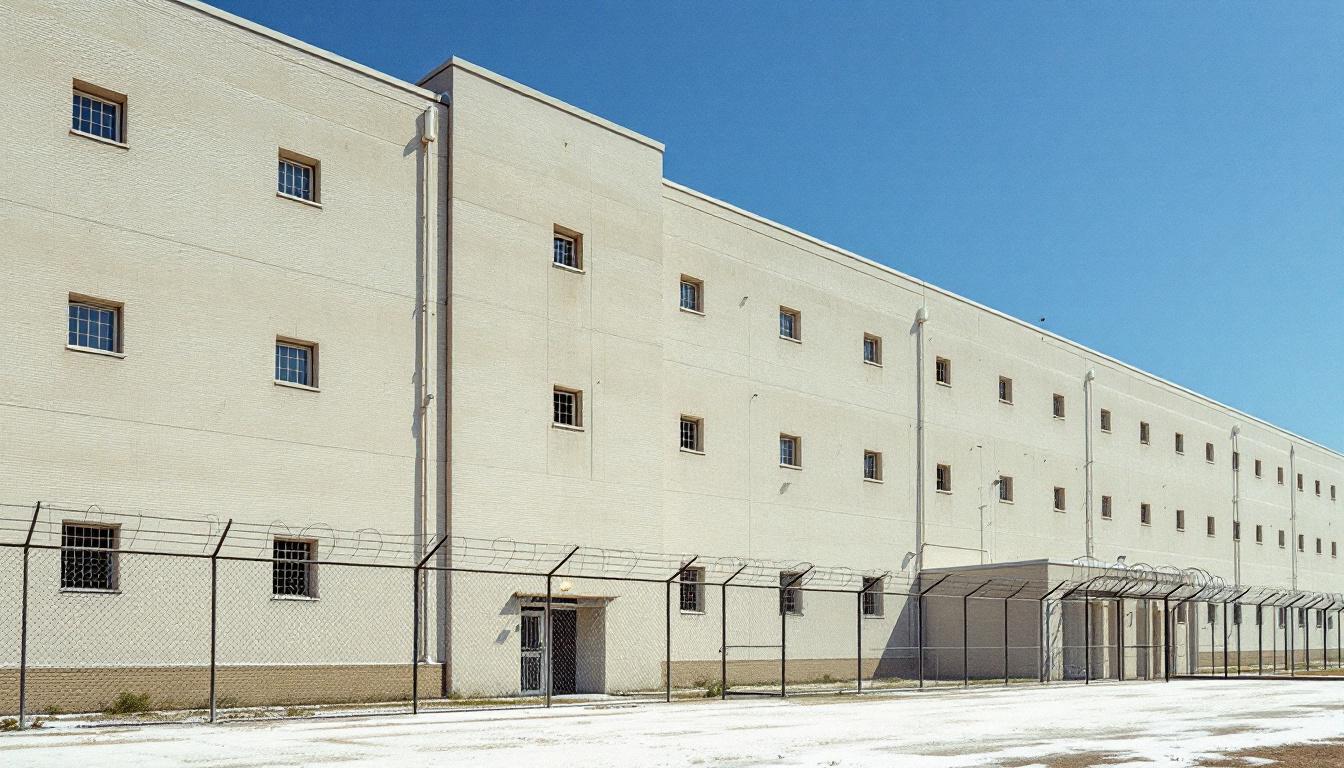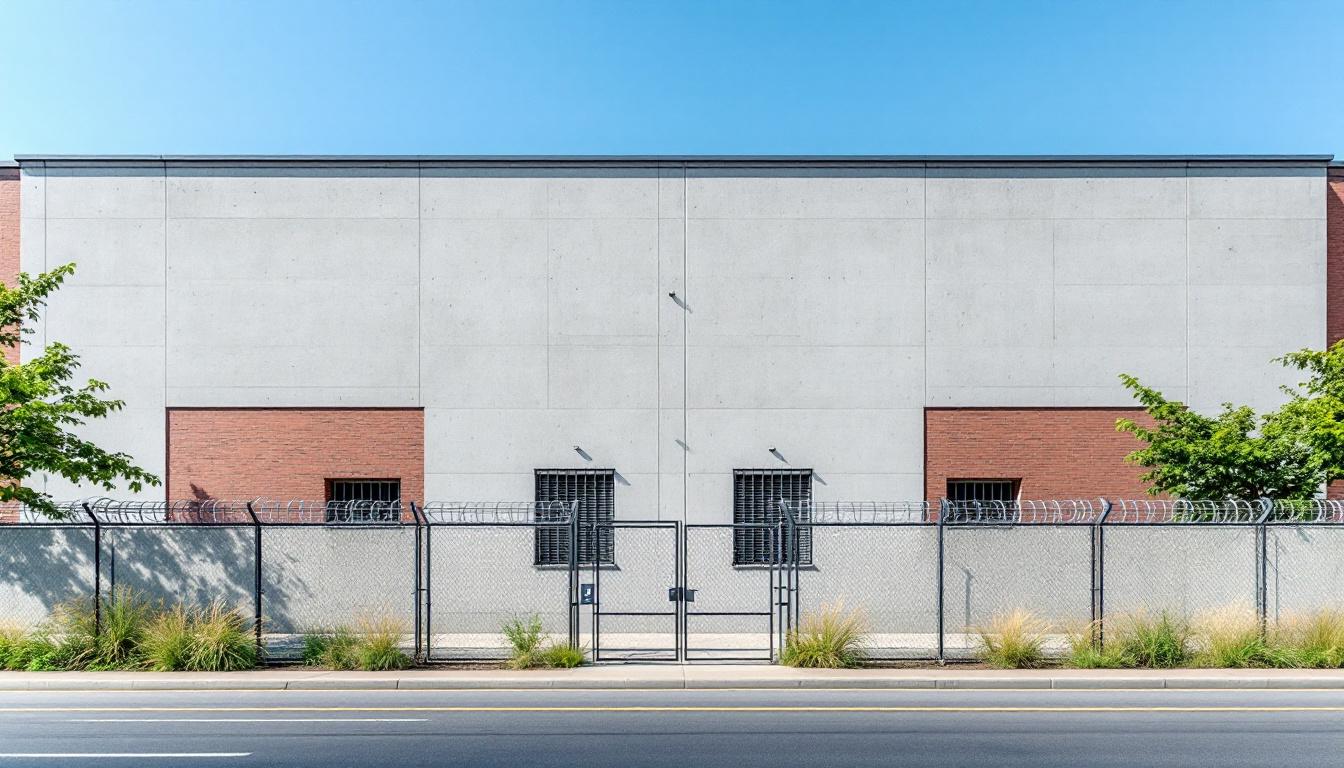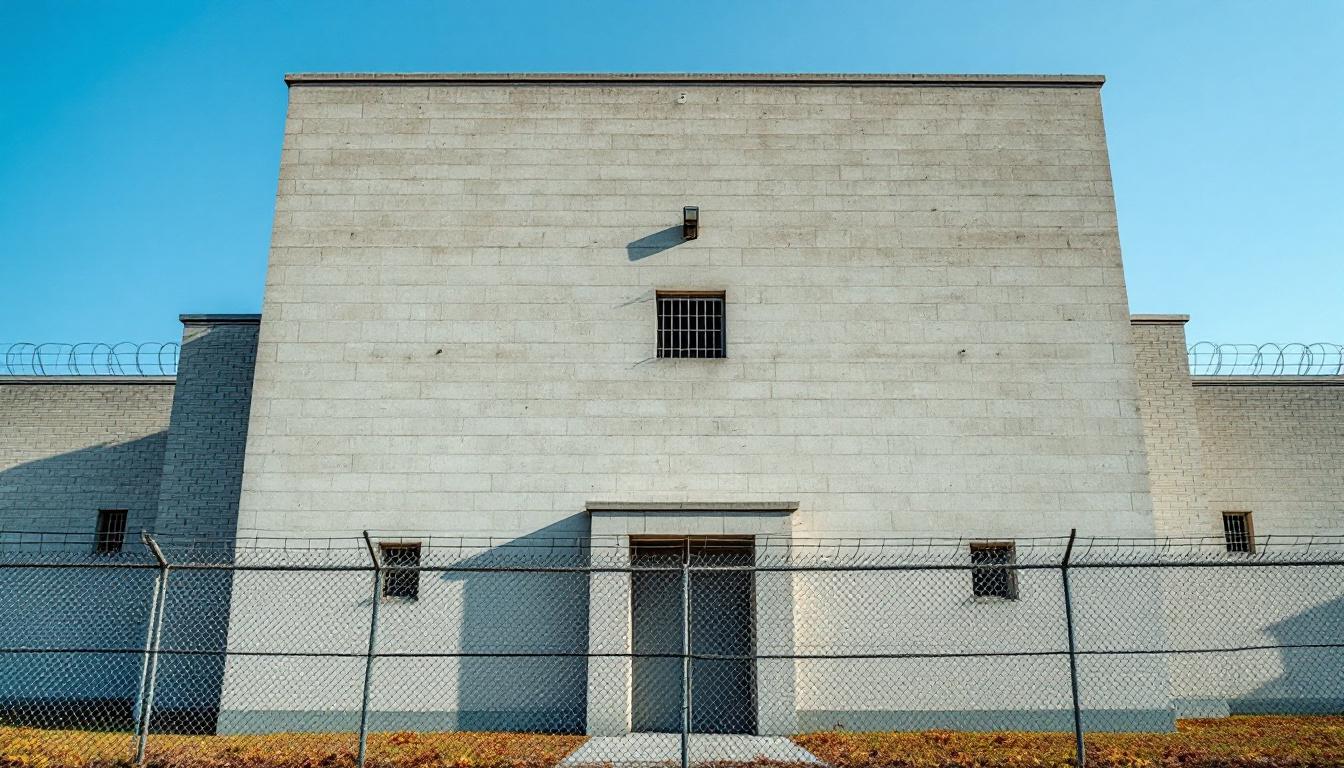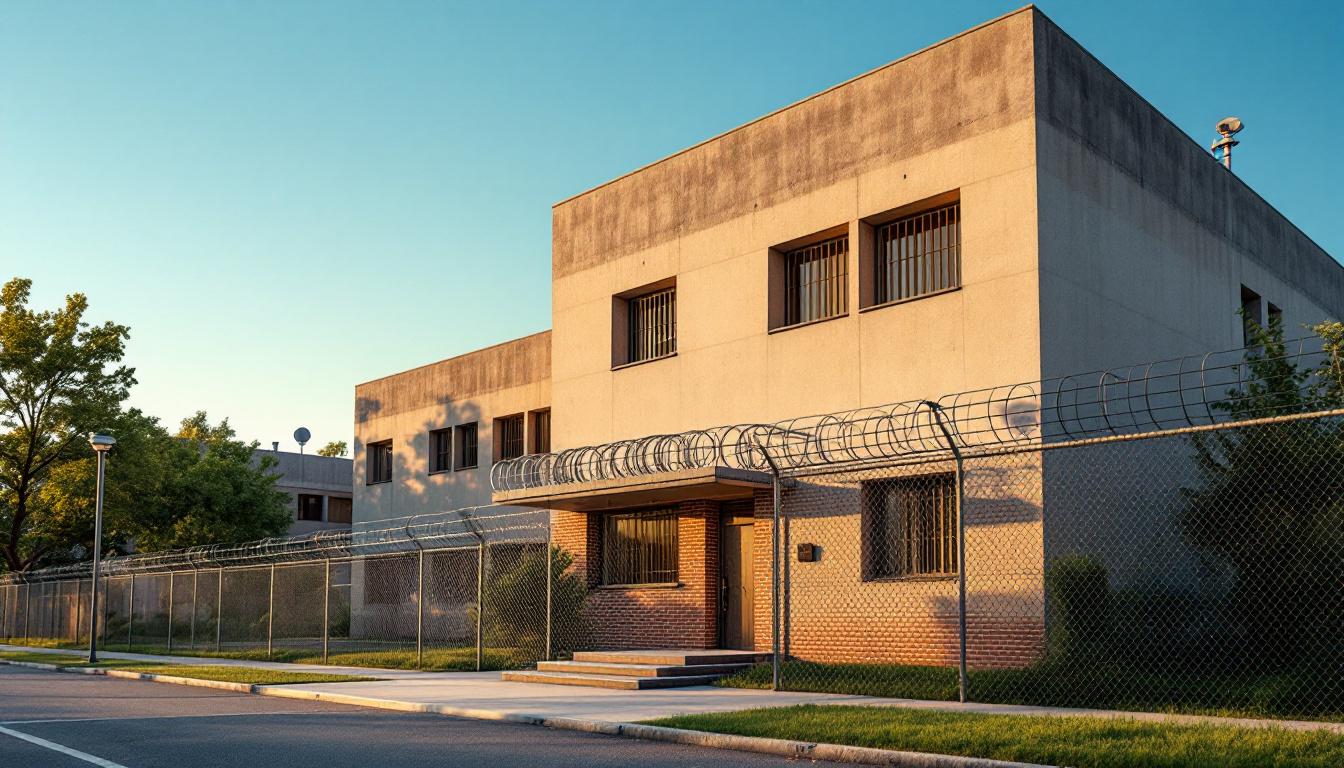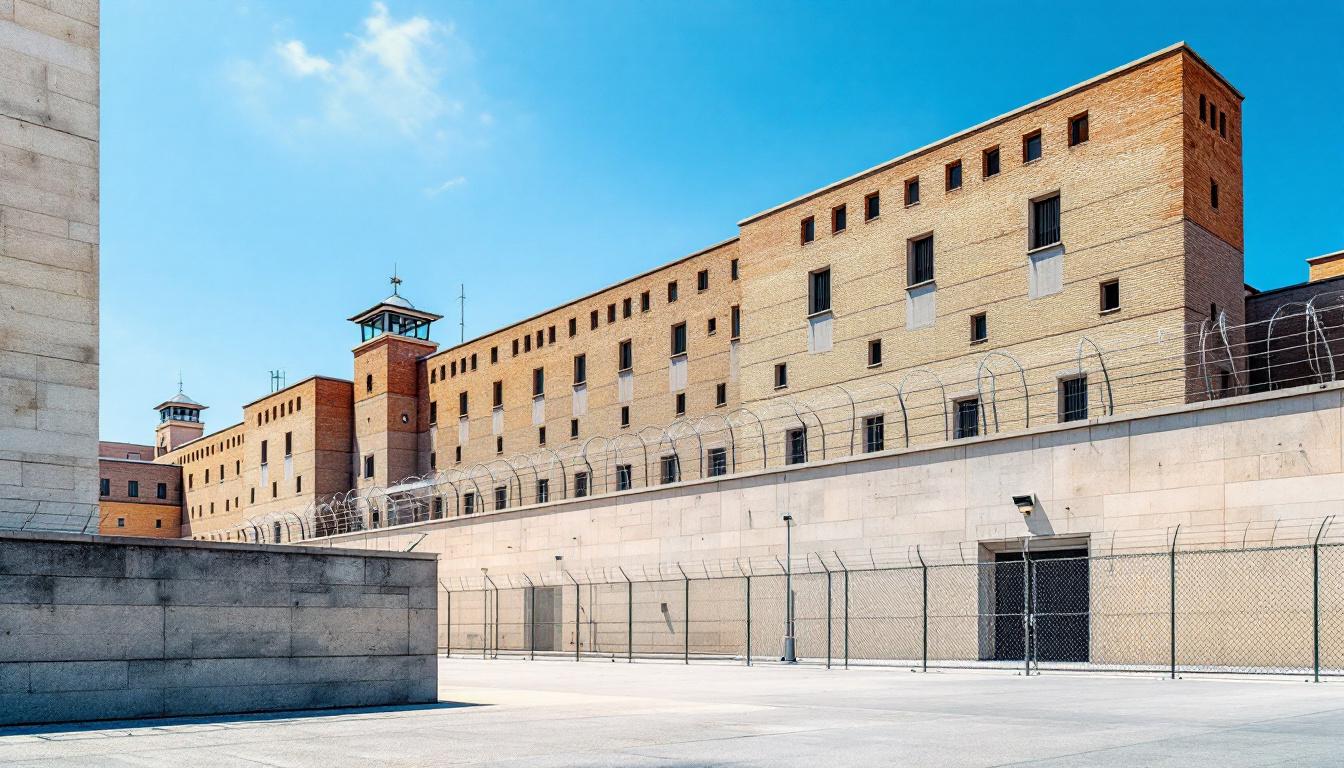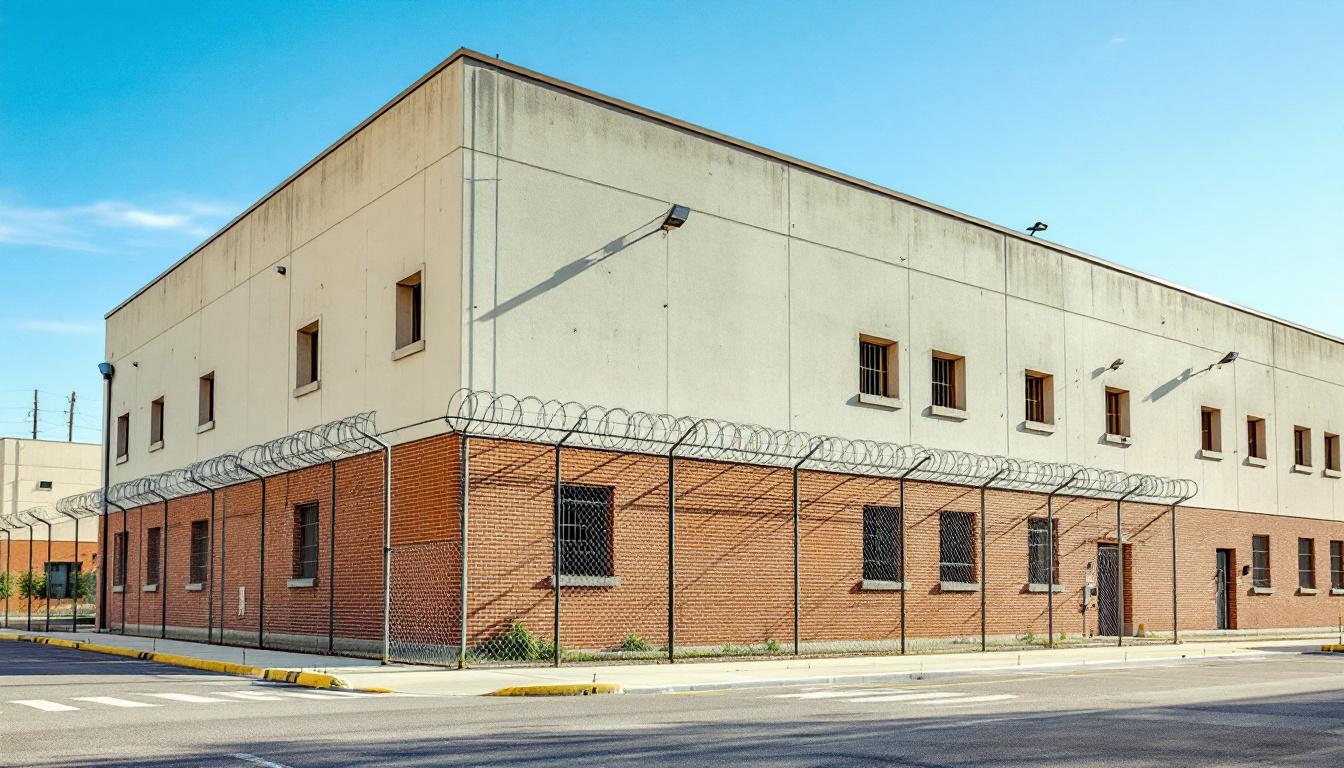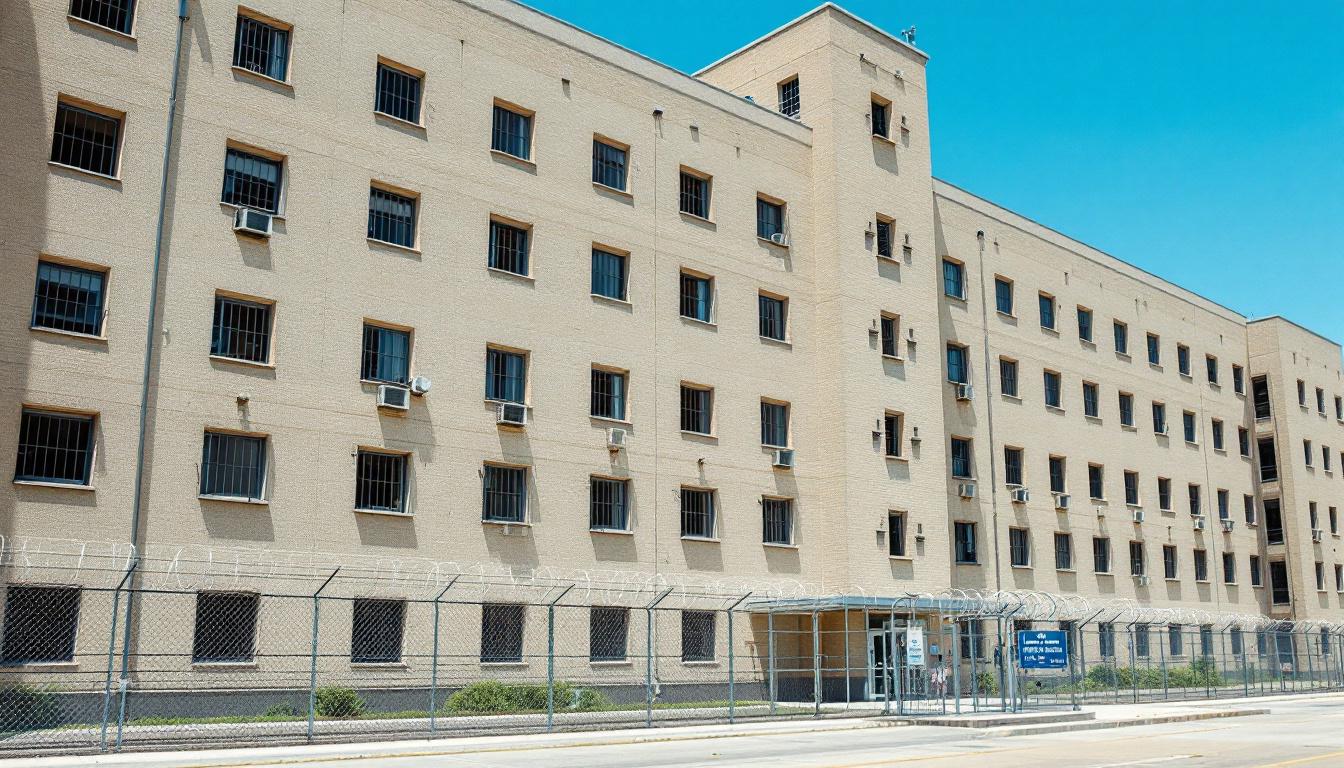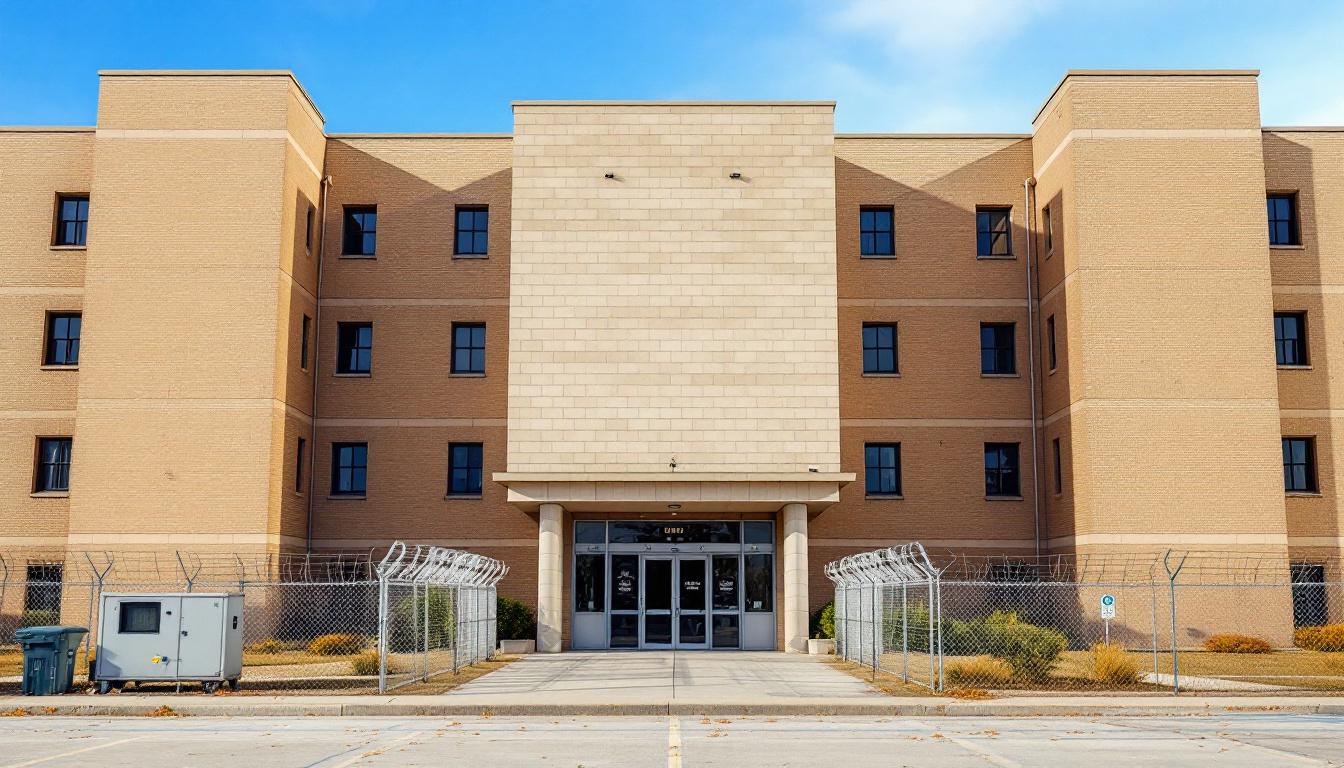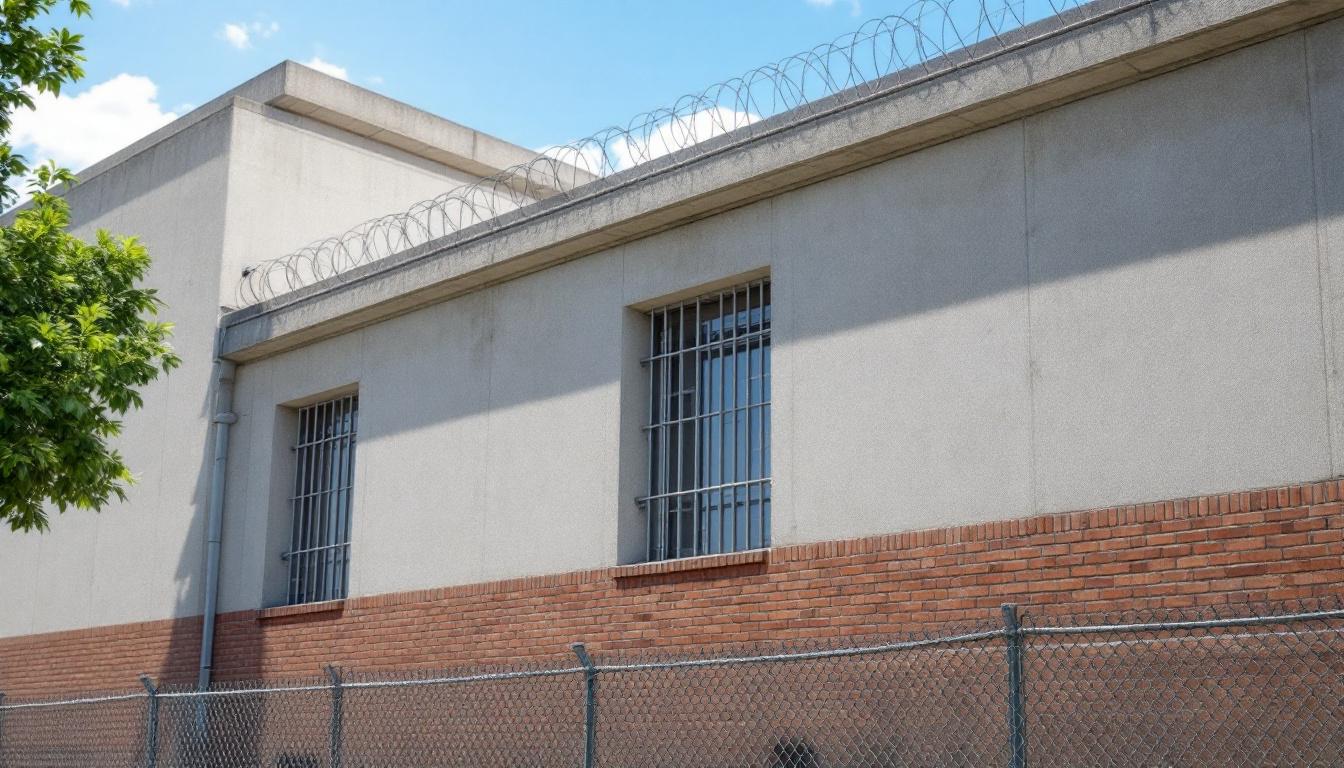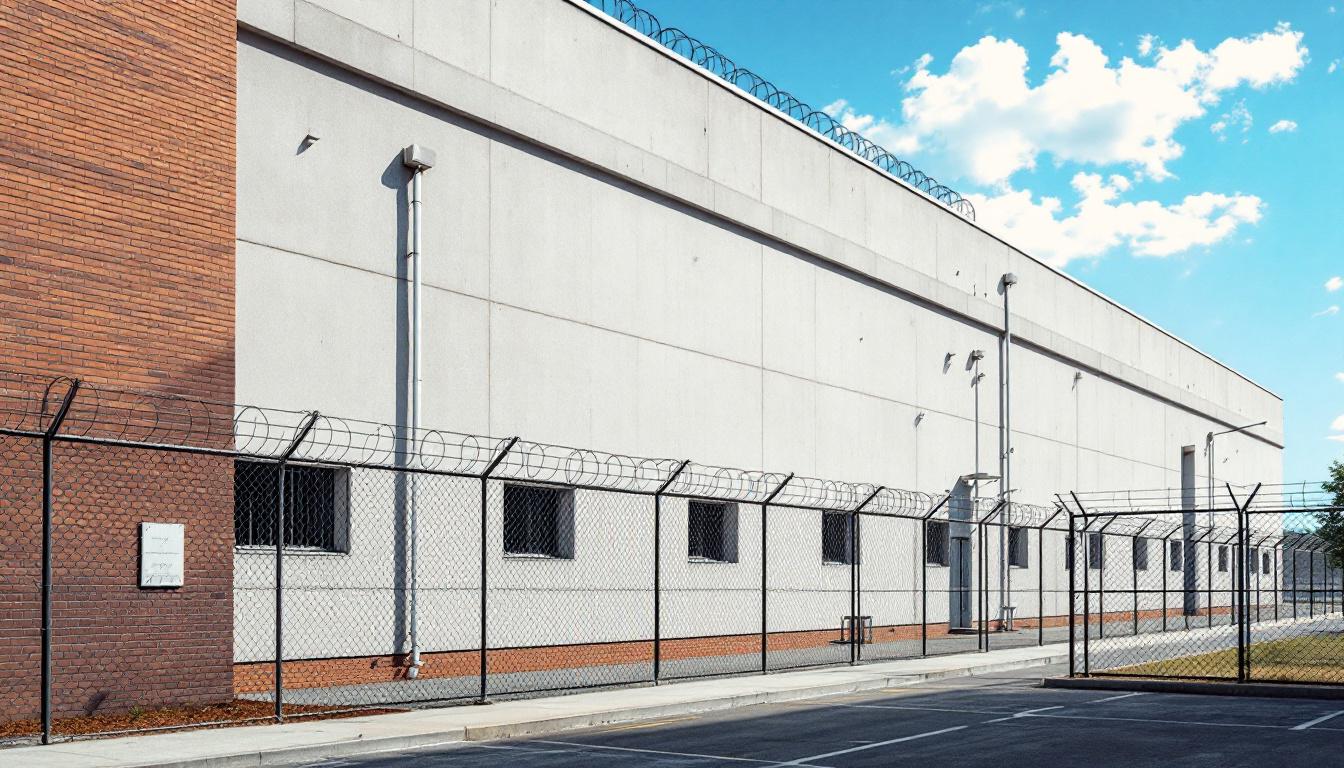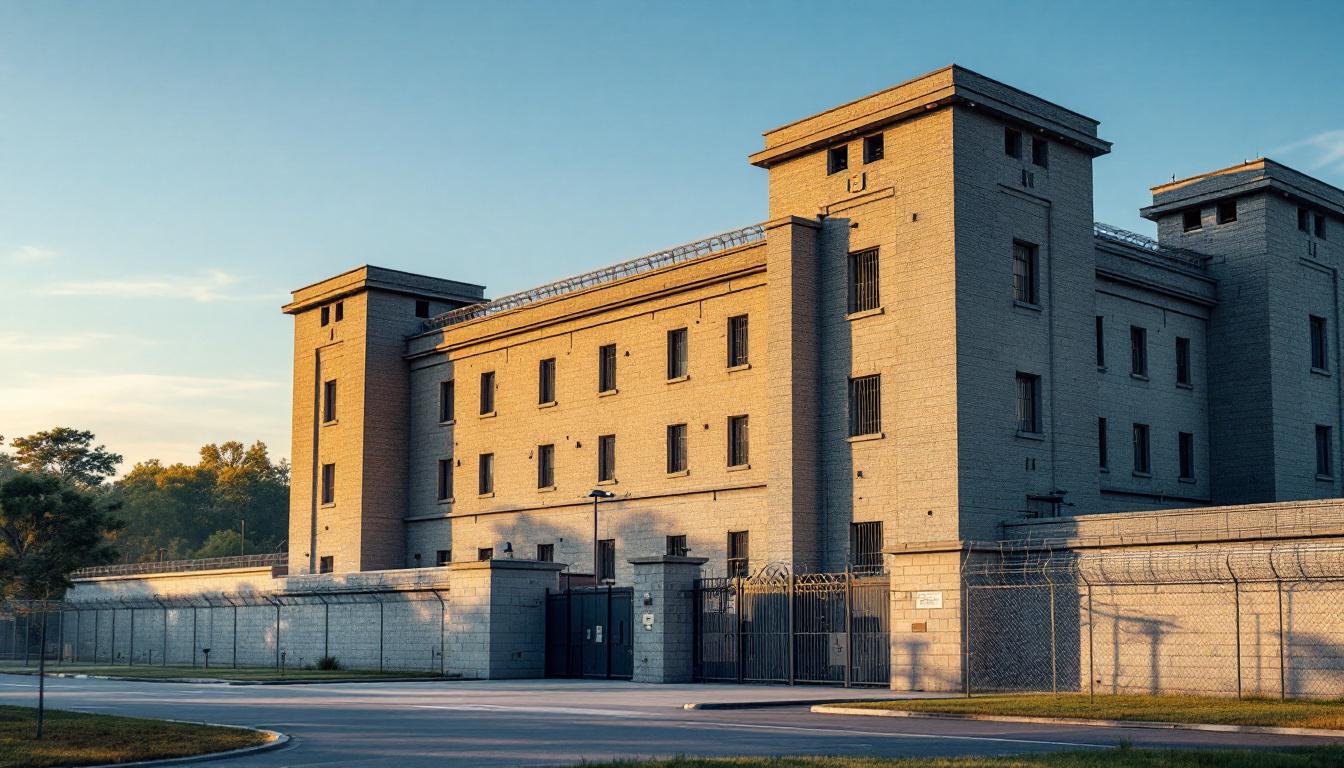
Quick Navigation
How to contact an inmate at California State Prison Solano
This comprehensive guide will walk you through how to connect with an inmate at California State Prison Solano. Follow the steps below to find an inmate and send letters and photos:
- Search for the inmate using our search tool below
- Create your account or log in to Penmate
- Write your message (up to 6,000 characters)
- Send instantly - inmates receive printed copies daily
Find an Inmate
Search for an inmate to start communicating today
Tip: You can search by first name, last name, or inmate ID number
To contact a person at California State Prison Solano start by searching for the person on the official facility website. Perform a search by following these steps:
- Step 1: Enter their first name and last name into the search form and click "Search"
- Step 2: Locate their inmate record
- Step 3: Write down their Inmate ID and any housing information provided
Important! Be sure to enter the person's full name. Nicknames should not be used.
How to Send Messages to Inmates

You can use your phone or computer to send emails, letters, and photos to an inmate. Messages are sent electronically to inmate tablets or kiosks at the facility. If you would like to send a message, start by searching for an inmate at California State Prison Solano.
Sending Photos and Postcards

A great way to send love and support to a loved one at California State Prison Solano is to send photos and postcards. It only takes a few minutes to send photos from your phone and it makes a huge difference. You can also mail postcards with words of support and inspiration, or design your own postcard for special moments like birthdays and holidays.
Important! Be sure not to send any explicit photos or they may not be approved by the facility. You can also use a photo printing app like Penmate to make sure your photos are printed at the correct size (4x6 or 3x5) and are mailed according to the rules and regulations of California State Prison Solano.
Frequently asked questions about California State Prison Solano
-
How long does it take to deliver a message?
If you're sending an email message your letter is usually delivered within 24-48 hours. For messages sent via mail you should expect delivery within 3-7 days. All messages will need be approved by California State Prison Solano.
-
How much does it cost to send a message to California State Prison Solano?
You can send a message free using your phone or mail a message via USPS for the price of a $0.60 stamp and envelope. You can also purchase credits or e-stamps from services starting at $1.99.
-
What services can I use to contact an inmate at California State Prison Solano?
Penmate
You can use Penmate to send letters and photos to an inmate from your phone. It's an easy way to stay in touch during your loved one's incarceration. Use the inmate locator to find an inmate's location and contact information, then you can send messages within a few minutes.
Securus messaging
Securus may be another option for communicating with an inmate at California State Prison Solano. You can create a friends and family account and purchase credits to send messages. All messages will be reviewed and must be approved by the facility.
JPay
Some county jails and state prisons may support sending messages with JPay. You must register an account with the system, find your loved one, and purchase stamps to send messages. For some locations you can also attach photos.
Smart Jail Mail
You may also check if Smart Jail Mail is available at California State Prison Solano. Smart Jail Mail is operated by Smart Communications and has contracted with some state and county jails. After purchasing credits, your messages and photos are sent to the facility, printed out, and then handed out to your loved one.
-
What is the mailing address of California State Prison Solano?
Mailing address:
California State Prison Solano
2100 Peabody Rd
Vacaville, CA 95687
Phone: (707) 451-0182Business hours:
- Monday: Open 24 hours
- Tuesday: Open 24 hours
- Wednesday: Open 24 hours
- Thursday: Open 24 hours
- Friday: Open 24 hours
- Saturday: Open 24 hours
- Sunday: Open 24 hours
-
What are the visiting hours at California State Prison Solano?
Visiting hours at California State Prison Solano vary by housing unit and security level. Generally, visits are scheduled on weekends and holidays, with some facilities offering weekday visits. Contact the facility directly at (707) 451-0182 or check their website for the current visiting schedule. Visits typically last 30-60 minutes and must be scheduled in advance.
-
What items are prohibited when sending mail to California State Prison Solano?
Prohibited items typically include: cash, personal checks, stamps, stickers, glitter, glue, tape, staples, paperclips, polaroid photos, musical or blank greeting cards, hardcover books, magazines with staples, and any items containing metal or electronics. Only send letters on plain white paper with blue or black ink. Photos must be printed on regular photo paper (no Polaroids). Always check with California State Prison Solano for their specific mail policies.
-
How do I send money to an inmate at California State Prison Solano?
You can send money to an inmate at California State Prison Solano through several methods: 1) Online using JPay, Access Corrections, or the facility's approved vendor, 2) Money orders mailed directly to the facility with the inmate's name and ID number, 3) Kiosks located in the facility lobby, or 4) Over the phone using a credit or debit card. Fees vary by method, typically ranging from $2.95 to $11.95 per transaction.
-
Can I schedule a video visit with an inmate at California State Prison Solano?
Many facilities now offer video visitation as an alternative to in-person visits. At California State Prison Solano, video visits may be available through services like Penmate, Securus Video Connect, GTL, or ICSolutions. Video visits typically cost $10-20 for 20-30 minutes and must be scheduled in advance. You'll need a computer or smartphone with a camera and reliable internet connection. Contact the facility for their specific video visitation policies and approved vendors.
-
What identification do I need to visit an inmate at California State Prison Solano?
All visitors must present valid government-issued photo identification such as a driver's license, state ID, passport, or military ID. Minors must be accompanied by a parent or legal guardian who can provide the minor's birth certificate. Some facilities require visitors to be on the inmate's approved visitation list, which may require a background check. Contact California State Prison Solano for specific ID requirements and visitor approval procedures.
-
How can I find out an inmate's release date?
To find an inmate's release date at California State Prison Solano, you can: 1) Use the online inmate search tool if available, 2) Call the facility's records department, 3) Contact the inmate's case manager or counselor, or 4) Have the inmate provide this information during a call or visit. For privacy reasons, some facilities only release this information to immediate family members.
Facility Overview
Contact Information
California State Prison Solano2100 Peabody Rd
Vacaville, CA 95687
Phone: (707) 451-0182
Official Website

About California State Prison Solano
Located in Vacaville, California, California State Prison, Solano serves as a significant correctional institution within the state's prison system. The facility maintains its operations at 2100 Peabody Road, providing structured rehabilitation and custody services to its incarcerated population. Vacaville's central location in Northern California positions the institution within a community that has long been connected to correctional services, offering both urban accessibility and the space necessary for comprehensive facility operations.
California State Prison, Solano offers an extensive range of educational and vocational programs designed to support successful reentry into society. The facility's academic programs include Adult Basic Education, GED preparation, literacy instruction, and college coursework through its Voluntary Education Program. Vocational training opportunities span multiple industries, with programs in carpentry, fiber optics electronics, masonry, building maintenance, welding, and residential electrical work. The Prison Industry Authority operates several enterprises at the facility, including book bindery, laundry services, metal fabrication, and optical manufacturing, providing inmates with practical work experience and job skills.
The institution maintains robust support systems through numerous self-help and therapeutic programs addressing various aspects of personal development and addiction recovery. These include Alcoholics Anonymous, Narcotics Anonymous, anger management, domestic violence counseling, and the Alternatives to Violence Project workshops. Specialized programs such as the Insight Garden Program, Veterans Re-Entry Preparation, and the Youth Diversion Prisoners' Outreach Program demonstrate the facility's commitment to addressing diverse rehabilitation needs. Family and community connections remain supported through established visitation procedures and resources designed to help maintain important relationships during incarceration.
Programs & Services
The comprehensive program structure at California State Prison, Solano reflects a multi-faceted approach to rehabilitation and skill development. The facility operates Prison Industry Authority (PIA) programs including book bindery, laundry services, metal fabrication, and optical work, providing inmates with hands-on experience in manufacturing and service industries. Vocational training opportunities span construction and technical fields, with programs in carpentry, masonry, building maintenance, residential electrical work, and welding, alongside modern technology training through fiber optics electronics and Office Services and Related Technology (OSRT). Academic programming supports educational advancement through Adult Basic Education, GED preparation, literacy programs, and college coursework through the Voluntary Education Program.
The facility's extensive self-help and therapeutic programming addresses various aspects of personal development and recovery. Substance abuse support includes Alcoholics Anonymous, Al-anon, and Narcotics Anonymous meetings, while specialized programs like the Alternatives to Violence Project offer both basic and advanced workshops focused on conflict resolution and behavioral change. Mental health and emotional wellness programs may include anger management, domestic violence education, and emotional maturity development. The Insight Garden Program and Veterans' Re-Entry Preparation demonstrate targeted support for specific populations, while creative outlets through art development and cultural awareness organizations provide additional pathways for personal growth.
Community engagement initiatives and leisure time activities complement the formal programming structure. The Youth Diversion Prisoners' Outreach Program and charitable activities like collecting pop tops for Ronald McDonald House Charities foster connections beyond the facility walls. Inmate Leisure Time Activity Groups (ILTAG) may facilitate various recreational and social activities that support rehabilitation goals. The facility typically provides additional support services such as library access, religious programming for various faiths, and family reunification services, all designed to prepare individuals for successful community reintegration upon release.
Daily Life & Visitation
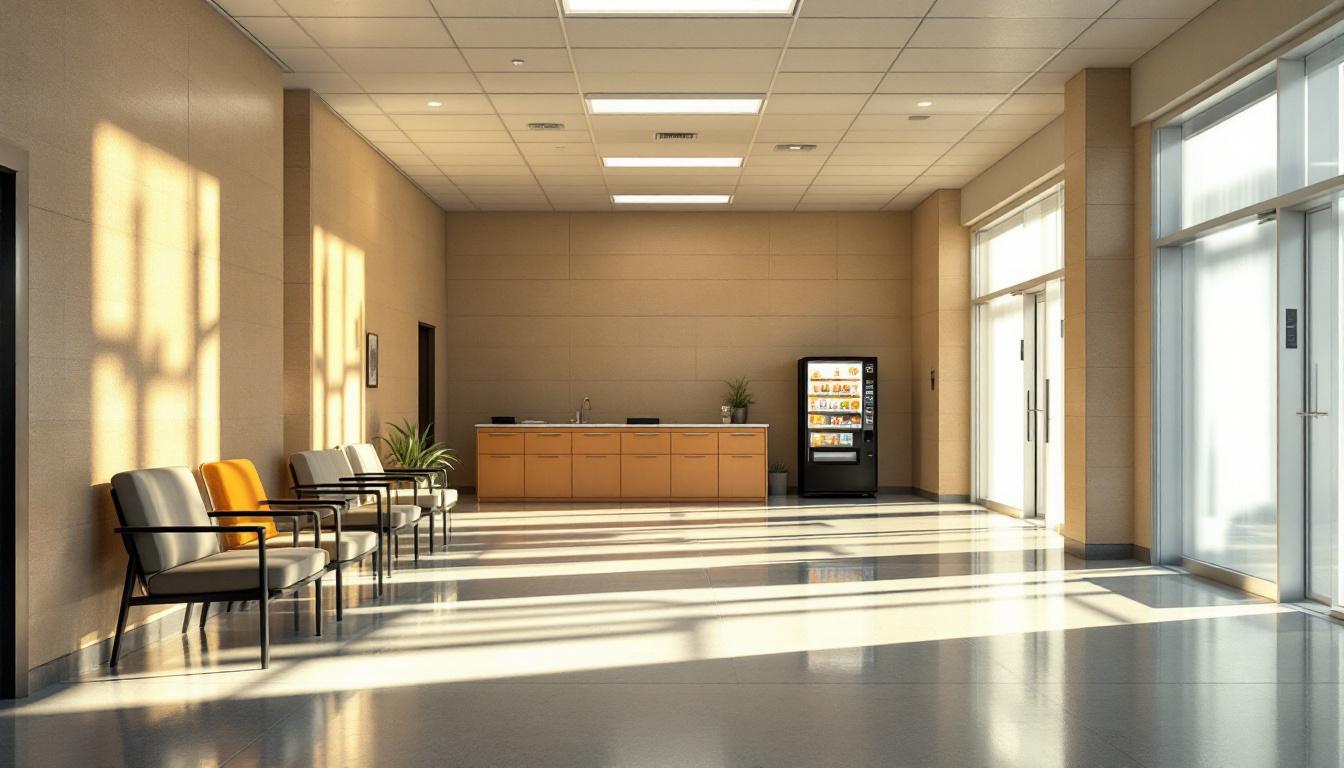
At California State Prison, Solano, incarcerated individuals typically begin their days with structured routines that often center around the facility's extensive educational and vocational programming. The institution offers a comprehensive range of academic opportunities, from Adult Basic Education and GED preparation to college programs, allowing many residents to dedicate morning or afternoon hours to classroom instruction. Those enrolled in vocational training may spend significant portions of their day learning practical skills in areas such as carpentry, welding, residential electrical work, or fiber optics electronics, while others participate in Prison Industry Authority programs including book bindery, laundry operations, metal fabrication, and optical work.
The facility maintains regular visitation schedules that allow families and friends to maintain important connections with their incarcerated loved ones. Visitors can reach the institution at 2100 Peabody Road in Vacaville, though all correspondence should be directed to the mailing address at P.O. Box 4000, Vacaville, CA 95696-4000. The institution typically provides resources to help families navigate the visitation process and understand policies regarding packages and communication. During non-program hours, residents may participate in various Inmate Leisure Time Activity Groups, including Alcoholics Anonymous, Narcotics Anonymous, the Alternatives to Violence Project, and the Insight Garden Program.
Personal development opportunities are woven throughout the daily schedule through numerous self-help programs addressing topics such as anger management, conflict resolution, domestic violence awareness, and emotional maturity. Some residents may engage in cultural activities, art development programs, or participate in community service initiatives like collecting pop tops for Ronald McDonald House Charities. The facility's structured environment typically balances security requirements with opportunities for education, skill development, and personal growth, though individual schedules may vary based on custody level, program participation, and institutional needs.
Ready to Connect?
Start communicating with your loved one today
Search for an Inmate
